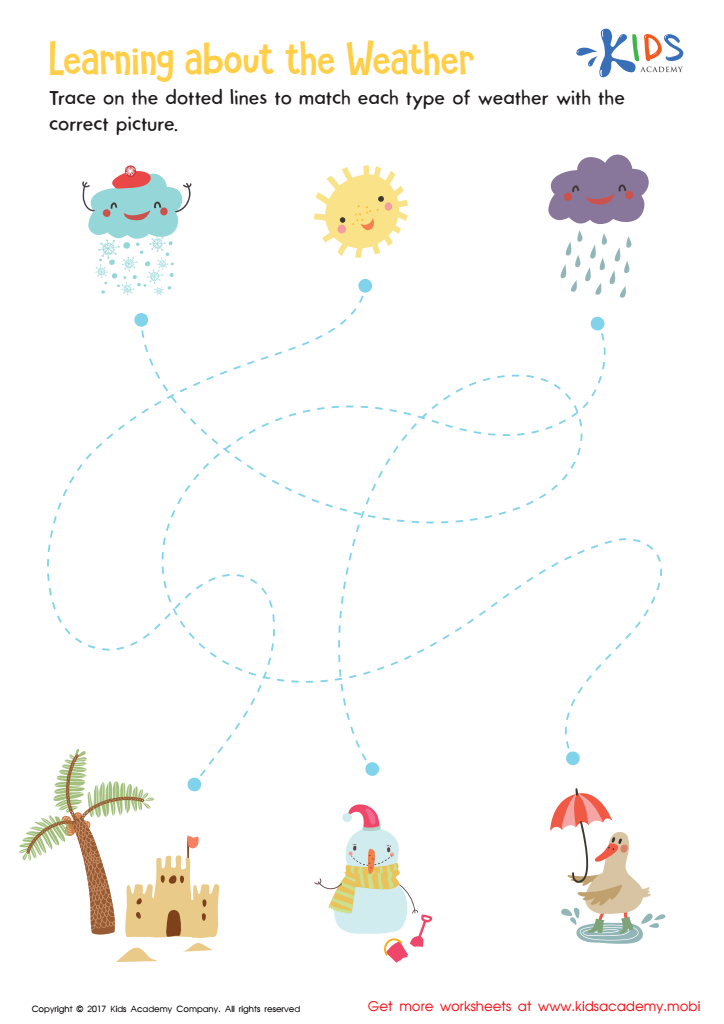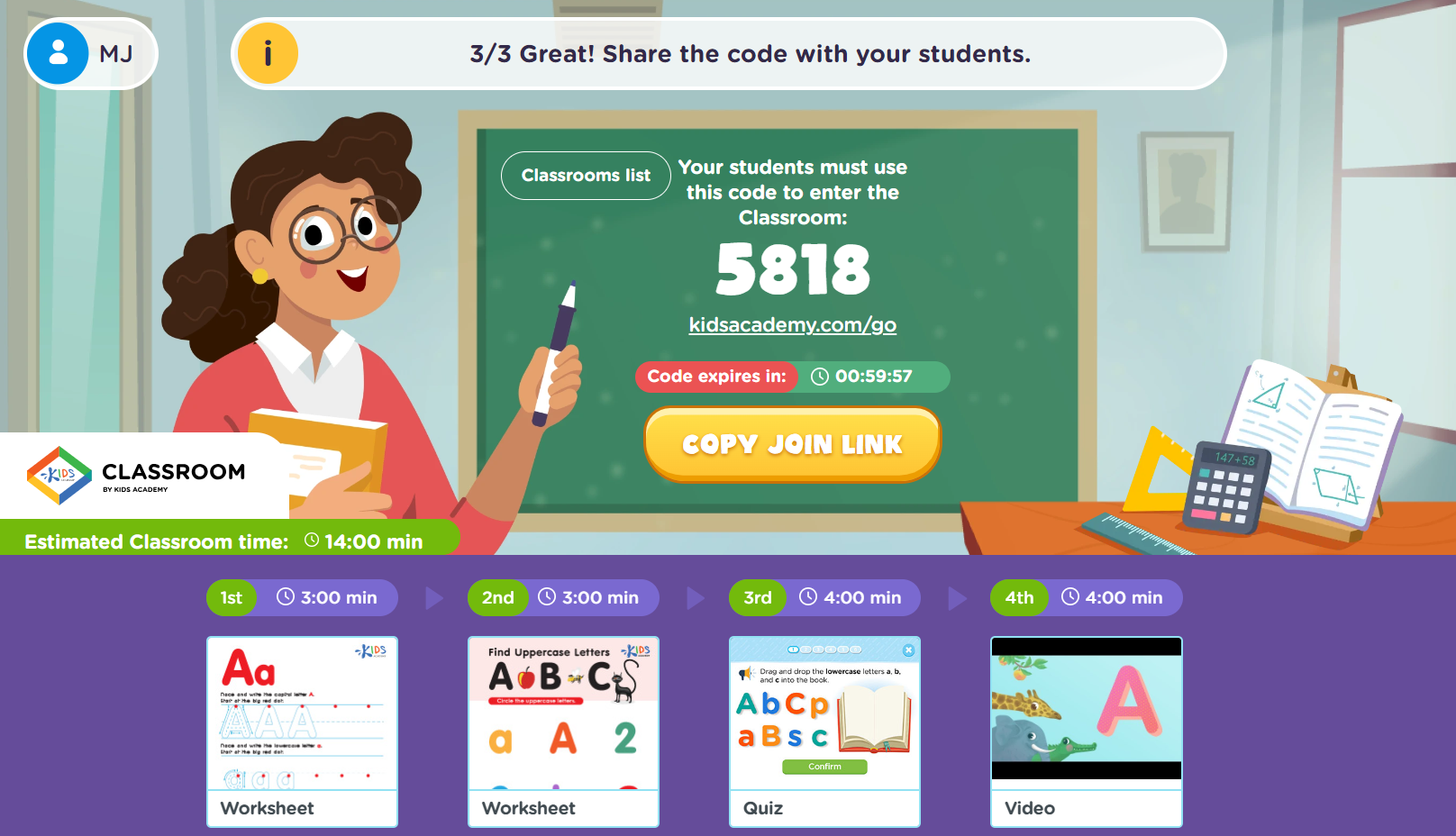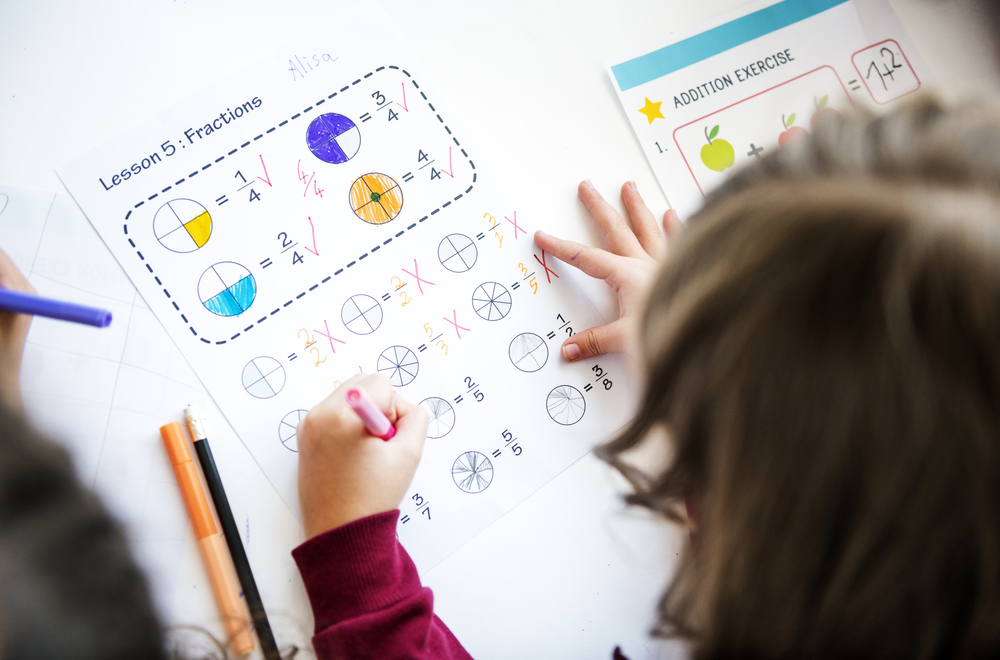Weather identification Math Worksheets for Ages 6-7
3 filtered results
-
From - To
Introducing "Weather Identification Math Worksheets for Ages 6-7," designed to blend learning with fun! These engaging worksheets help young learners identify different weather patterns while practicing essential math skills. Perfect for children aged 6-7, the activities include counting clouds, measuring rainfall, and recognizing temperatures, reinforcing both math concepts and weather literacy. Each worksheet encourages kids to observe their environment, promoting critical thinking and curiosity. Ideal for classroom or at-home learning, these resources offer a hands-on approach to education, ensuring that learning about weather feels interactive and exciting. Explore our collection and watch your child shine in math and science!
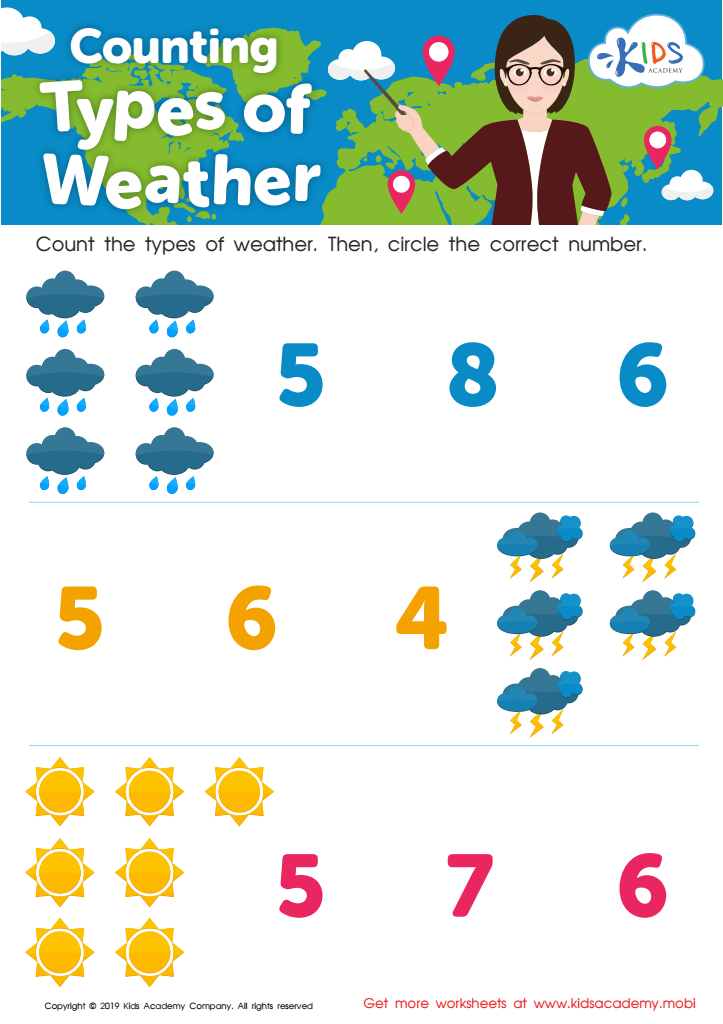

Counting Types of Weather Worksheet
Parents and teachers should prioritize weather identification math for children aged 6-7 because it combines essential math skills with real-world applications. At this developmental stage, children are naturally curious about their environment, and learning about weather provides an engaging context for math lessons. Through activities like counting sunny versus rainy days, measuring rainfall, or even graphing temperature changes, children can grasp foundational math concepts such as addition, subtraction, measurement, and data analysis in a hands-on way.
Moreover, understanding weather aids in building critical thinking and problem-solving skills. Students learn to interpret weather patterns, which enhances their analytical abilities. This knowledge supports broader educational goals, fostering a sense of curiosity about science and nature.
Incorporating weather math into learning also promotes discussions about climate and environmental awareness, emphasizing the importance of taking care of our planet. Additionally, these practical skills can lead to everyday applications, helping children make informed decisions about activities and safety based on weather conditions. By connecting math to the world around them, parents and teachers prepare children not only for academic success but also for informed, responsible citizenship as they grow.

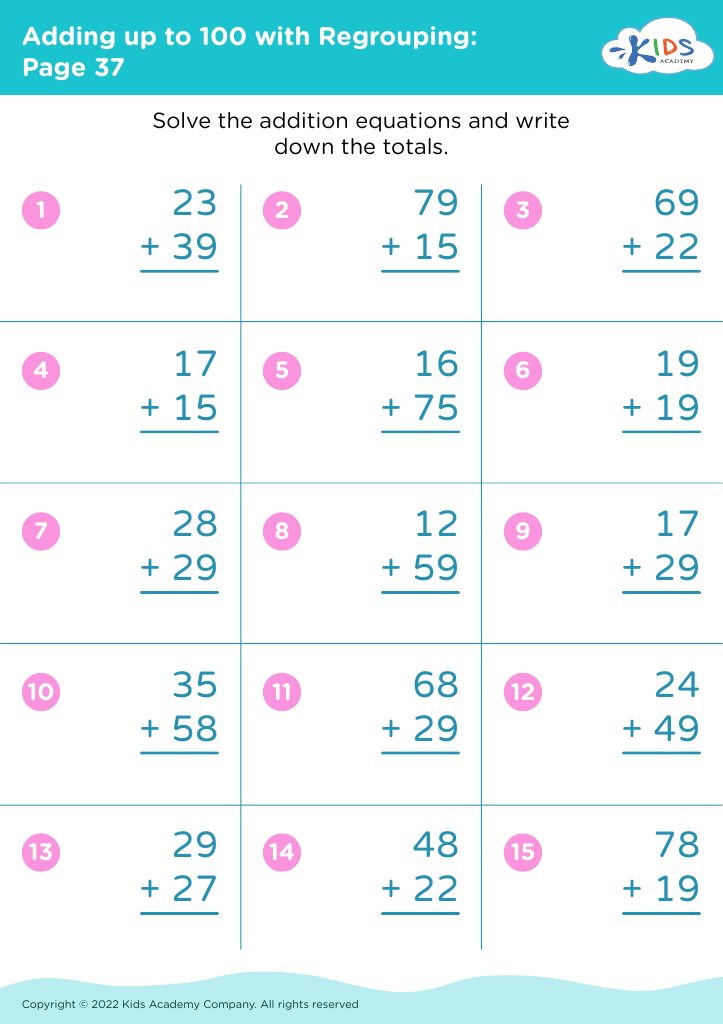

 Assign to My Students
Assign to My Students
